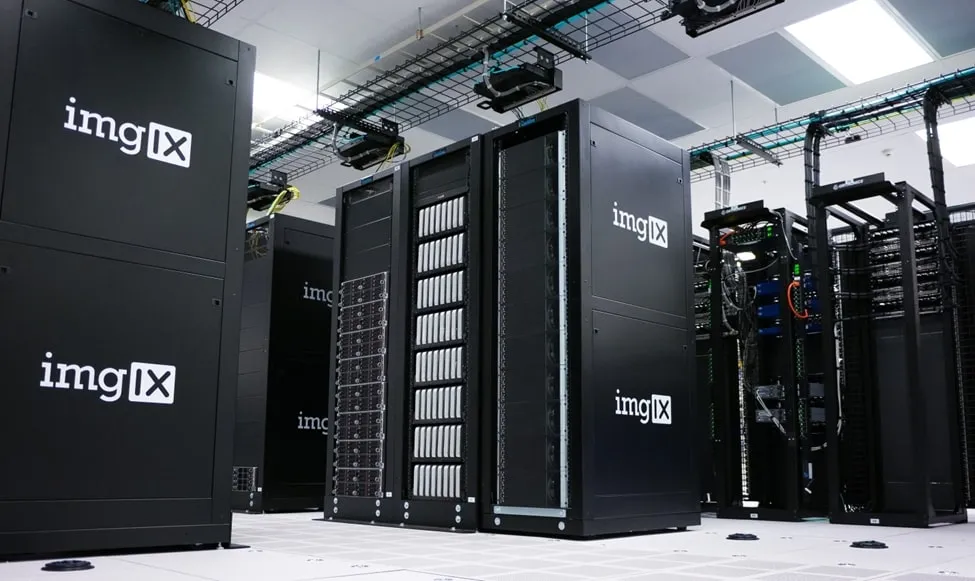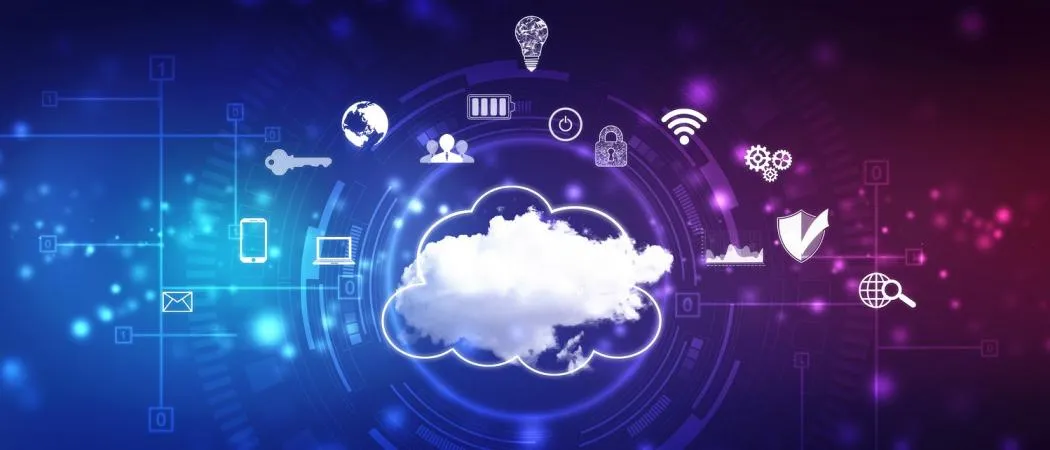In the vast realm of internet technology, a seismic shift is underway. It's already shaping the digital landscape in unprecedented ways. The age of physical machines has reigned supreme. Now, new technologies are transforming how businesses operate and individuals connect. However, a new contender has emerged on the scene: edge computing.
This article takes a concise dive into the current state of these technologies. We'll look into the dominance of cloud computing. Tackle the rise of edge computing and the popularity of hybrid approaches. You'll understand why it'll impact how data is processed. Plus, if you worry about your data, removing your personal info from Google may be the smartest move.
The Dominance of Cloud Computing
Cloud technology stands tall as the bedrock of modern digital infrastructure. Across industries, businesses have embraced cloud services with open arms. Why? Scalability, cost-efficiency, and global accessibility.
This innovation allows companies to scale their operations seamlessly. They can adjust resources for cloud cost management to match demand. It slashes capital expenses, offering a pay-as-you-go model that aligns with business needs. With data stored in remote servers, accessibility knows no bounds. It fosters collaboration and innovation on a global scale.
The Rise of Edge Computing: Shifting Paradigms
Edge computing is a transformative trend, rewriting the rules. It addresses the limitations of its cloud counterpart. Particularly in terms of latency and bandwidth. It minimizes delays by processing data closer to the source (at the edge), optimizing bandwidth usage.
There are countless real-world applications. From autonomous vehicles making split-second decisions to smart cities efficiently managing resources. This innovation creates a paradigm shift, empowering efficiency in the age of instantaneity.
Hybrid Approaches: Blending Cloud and Edge for Optimal Results
As technology evolves, so do strategies. Hybrid cloud and edge architectures are gaining momentum. Businesses are catching up to both technologies. That's because combining both approaches creates a more flexible and responsive infrastructure. There are many advantages to this new approach. Optimized data processing and improved application performance are just part of it.
Furthermore, it can provide a dynamic framework that adapts to modern business demands. This hybrid approach isn't a compromise. It's a strategic fusion for optimal results.
Future Prospects and Evolving Ecosystems
The future of internet technology is a fascinating horizon. Integrating both technologies paves the way for a new era. As these technologies evolve, so do the ecosystems surrounding them. The advent of 5G networks can help spread them. Especially if it's combined with the Internet of Things (IoT).
Moreover, the rise of artificial intelligence (AI) complements these trends. It creates a dynamic and interconnected digital landscape. The possibilities are limitless.
Internet Is Becoming More Than What You Think
The narrative of internet technology is undergoing a profound transformation. Cloud solutions, with their scalability and accessibility, have been a trailblazer. Yet, the rise of edge calculation technologies adds a new dimension. It addresses the need for real-time processing and efficiency. Fusing these technologies in hybrid approaches is the key to unlocking optimal results.
As we peer into the future, it'll definitely evolve. The integration of cloud and edge technologies is promising. Coupled with evolving ecosystems, it promises a new digital landscape.




